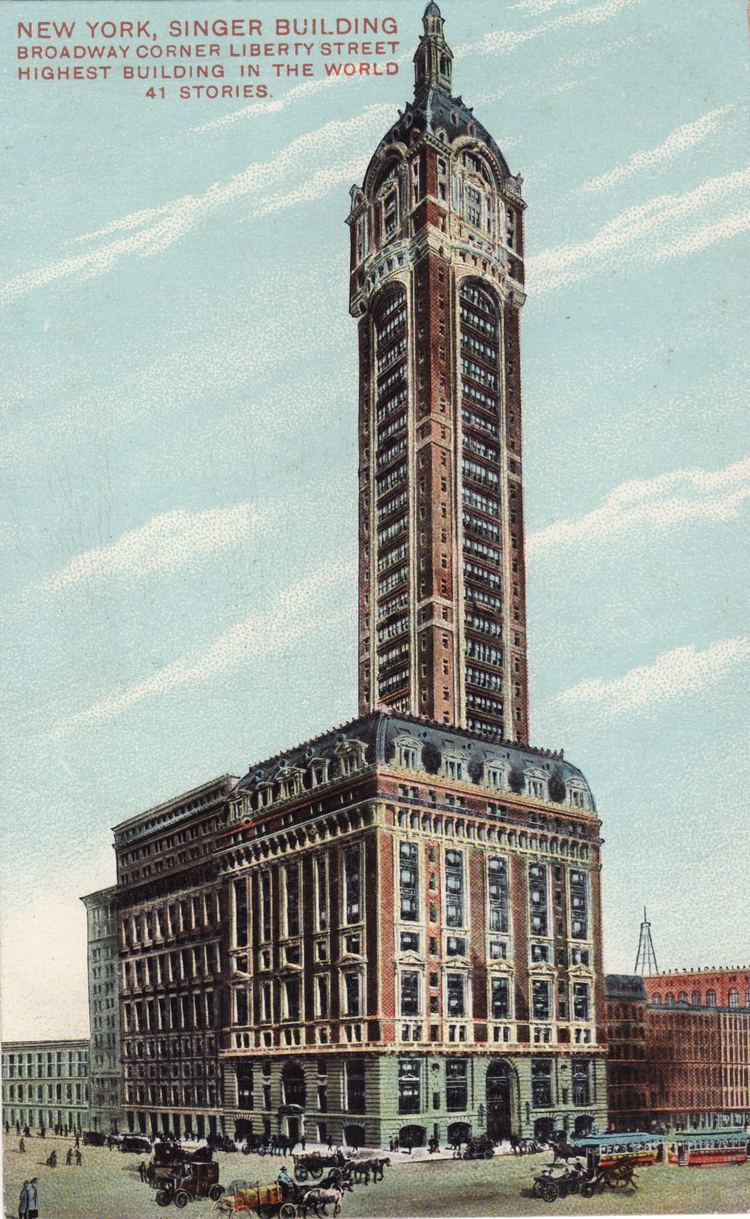Type Commercial offices Demolished 1968 Floors 47 Opened 1908 | Status Demolished Completed 1908 Height 187 m Destruction date 1968 Surpassed by Metropolitan Life Tower | |
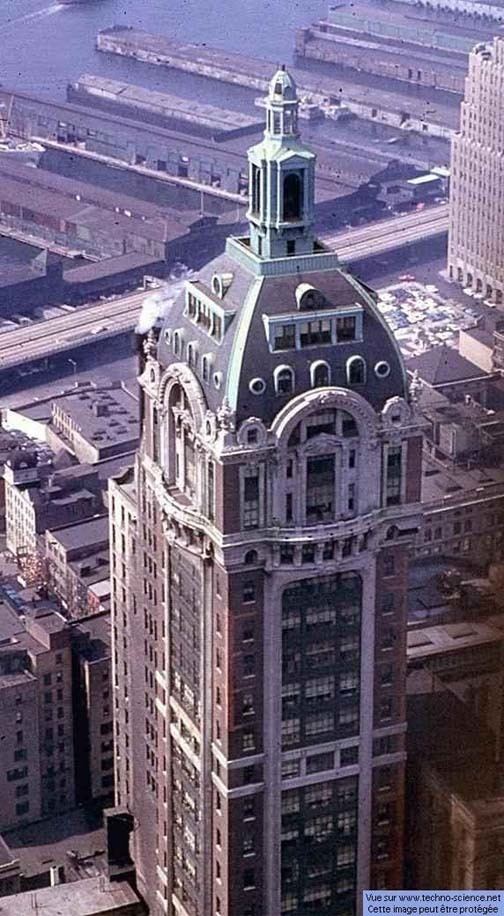 | ||
Location 149 BroadwayNew York City, New York Similar Metropolitan Life Tower, Woolworth Building, Park Row Building, City Investing Building, New York World Building | ||
The singer building
The Singer Building or Singer Tower, at Liberty Street and Broadway in Lower Manhattan's Financial District, was a 47-story office building completed in 1908 as the headquarters of the Singer Manufacturing Company. It was the tallest building in the world from 1908 to 1909. It was demolished in 1968, together with the adjacent City Investing Building, and is now the site of One Liberty Plaza. When it was demolished, it was the tallest building ever to be demolished, and is still the third-tallest building ever to be destroyed (after the World Trade Center towers) and the tallest to be purposely demolished by its owner.
Contents
- The singer building
- Singer building minecraft
- Construction and design
- Early history and tenants
- Later history and demolition
- References

Singer building minecraft
Construction and design

The building was commissioned by Frederick Bourne, the head of the Singer Sewing Machine Company. He hired architect Ernest Flagg, who was an early exponent of the Beaux-Arts architectural style. Flagg had also designed the company's previous headquarters at 561 Broadway between Prince and Spring Streets – in what is now the SoHo neighborhood – which was referred to as the "Little Singer Building" after the new building was erected. Plans and working drawings were prepared by George W. Conable (1866–1933).
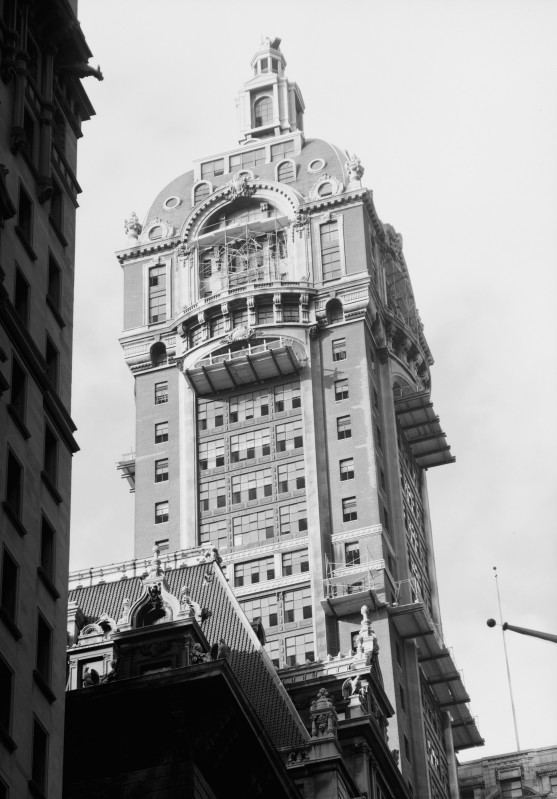
Flagg believed that buildings more than 10 or 15 stories high should be set back from the street, with the tower occupying only a quarter of the lot. The 12-story base of the building filled an entire blockfront, while the tower above was relatively narrow. The tower floors were squares only 65 feet (20 m) on a side.
New York Times architectural critic Christopher Gray wrote in 2005:
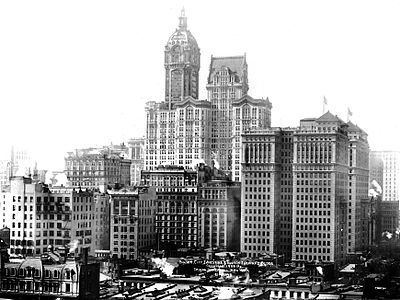
The lobby had the quality of "celestial radiance" seen in world's-fair and exposition architecture of the period, as the author Mardges Bacon described it in her 1986 monograph "Ernest Flagg" (Architectural History foundation, MIT Press). A forest of marble columns rose high to a series of multiple small domes of delicate plasterwork, and Flagg trimmed the columns with bronze beading. A series of large bronze medallions placed at the top of the columns were alternately rendered in the monogram of the Singer company and, quite inventively, as a huge needle, thread and bobbin.
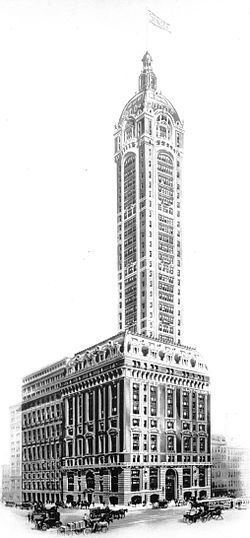
At 612 feet (187 m) tall, the Singer Building was the tallest office building in the world from its completion in 1908 until the completion in 1909 of the 700-foot (210 m) Metropolitan Life Insurance Company Tower at 23rd Street and Madison Avenue in Manhattan. Prior to the Singer Building, however, the 29-story, 391 feet (119 m) tall Park Row Building, completed in 1899, was the tallest building in New York City, and briefly held the title of "Tallest Office Building in the World" until being surpassed in 1901 by the Philadelphia City Hall, at 548 feet (167 m) tall including the statue. Skyscraper zoning legislation, enacted in 1916 at Flagg's urging, incorporated many of his ideas for setbacks in tall buildings.
Early history and tenants
As of November 1921, Catham and Phenix National Bank had its main office in the Singer Building.
Later history and demolition
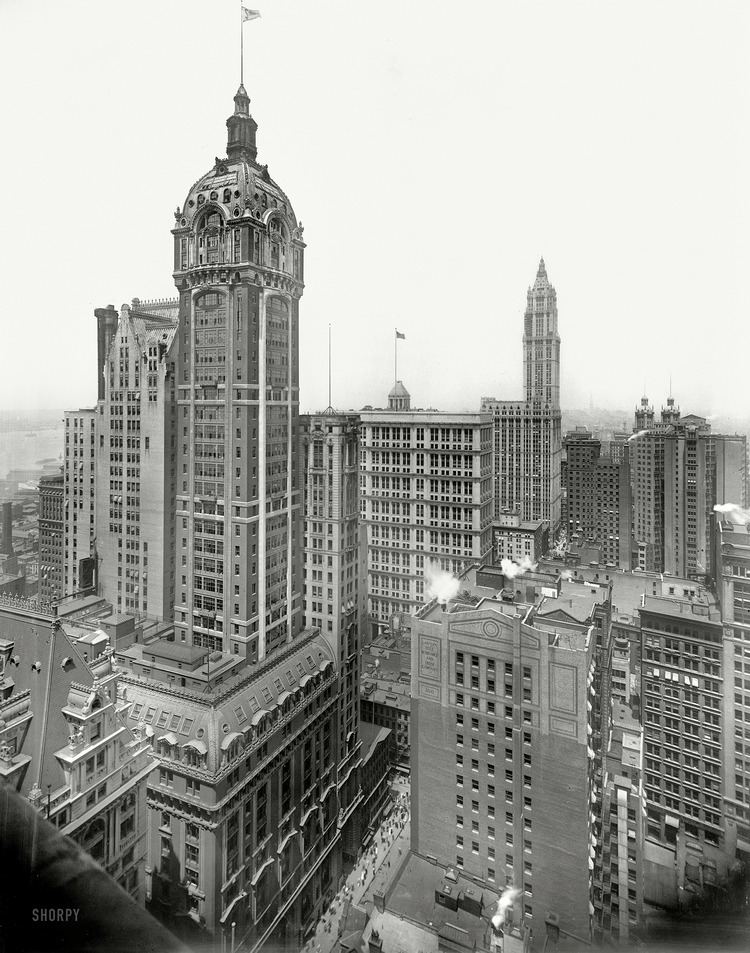
In 1961, Singer sold the building and subsequently moved to Rockefeller Center. The building was then acquired by real estate developer William Zeckendorf, who sought unsuccessfully for the New York Stock Exchange to move there. In 1964 United States Steel acquired the building, along with the neighboring City Investing Building, for demolition. By the 1960s the building was uneconomical because of its small interior dimensions. The tower portion of the building contained only 4,200 square feet (390 m2) per floor, compared with 37,000 square feet (3,400 m2) per floor of the building that replaced it, the U.S. Steel Building (currently known as 1 Liberty Plaza).
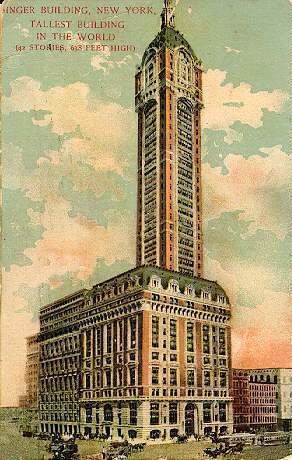
Although New York had a newly created Landmarks Preservation Commission by the time demolition commenced in 1967, and the Singer Building was considered to be one of the most iconic buildings in the city, it did not receive landmark designation, which would have prevented demolition. Alan Burnham, executive director of the commission, said in August 1967 that if the building were to have been made a landmark, the city would have to either find a buyer for it or acquire it. Demolition commenced in August 1967 and was completed the following year. At the time, it was the tallest building ever to be destroyed until the September 11, 2001 attacks, when the World Trade Center one block over collapsed. The Singer Building is currently the third tallest building to be destroyed, but is still the tallest building whose demolition was anticipated.
